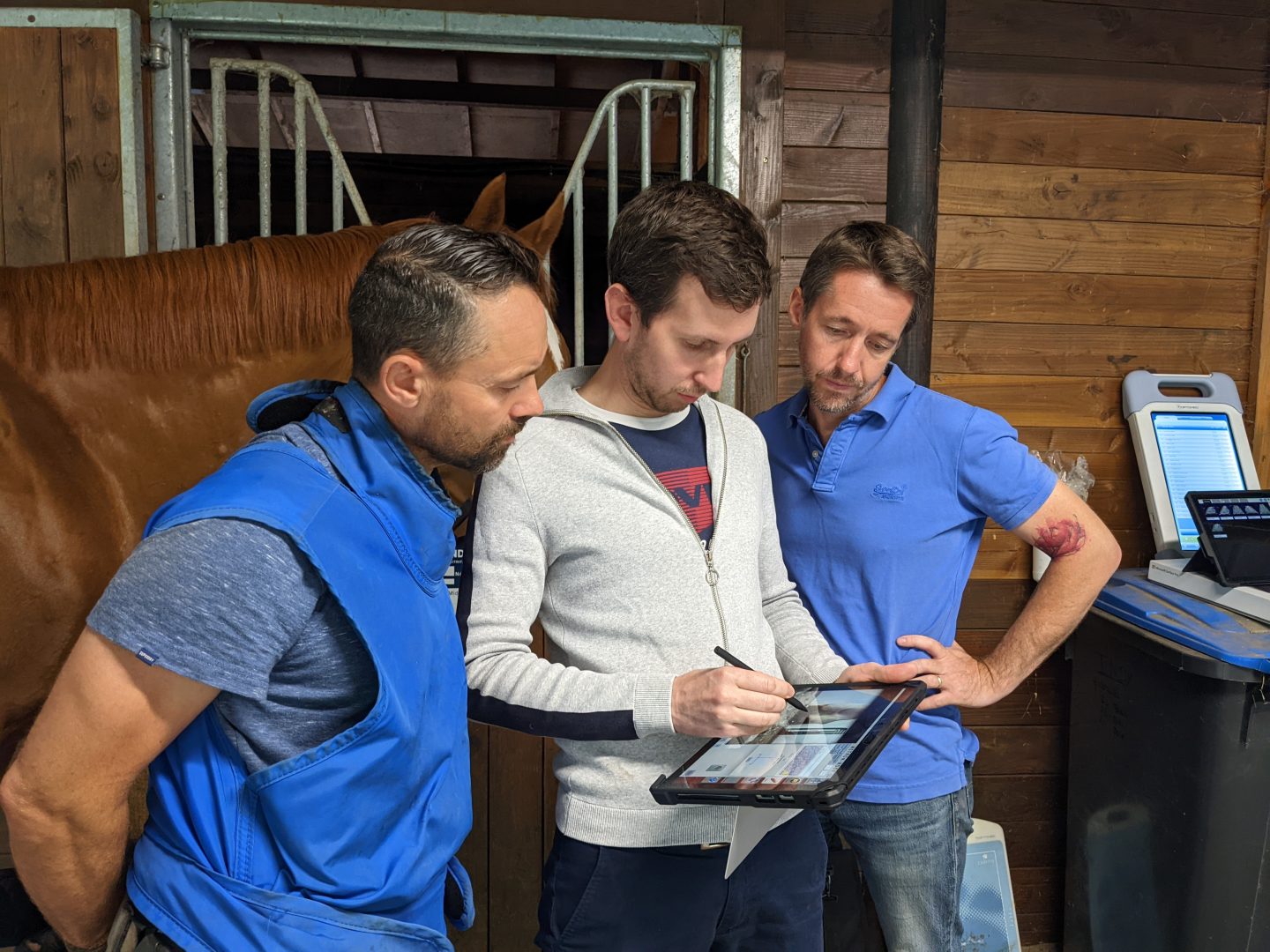It is not a surprise, horse locomotion and good hoof health are closely linked! The farrier takes care of the trimmings and the follow-up of the shoeing, while the veterinarian ensures the proper locomotor follow-up of the horse and assesses any discomfort or pain. Would the association of these two professions be a winning combo?
Equine medicine and farriery
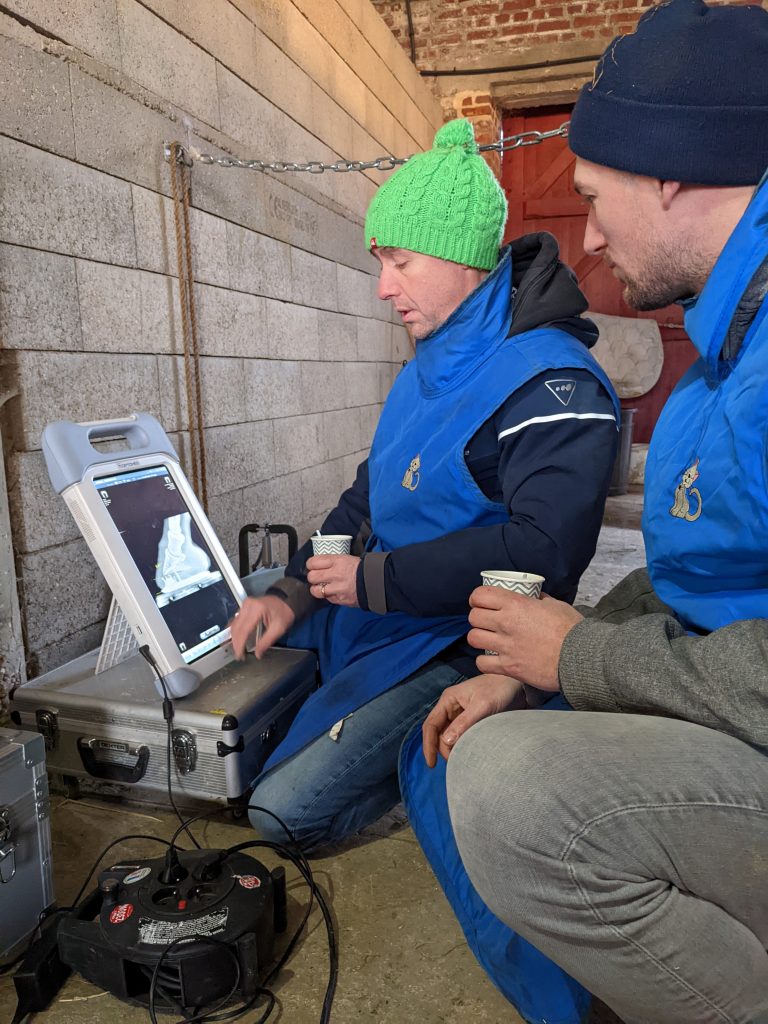
As expressed by Denis Leveillard in one of our previous articles : « As farriers see many more horse hooves than equine vets, equine vets see many more X-rays than farriers! »
In the case of the follow-up of the sport horse, the association between veterinarian and farrier helps to keep the horses at their best potential throughout the racing or competition season.
Between prevention and care, the two professions are regularly called upon to collaborate, particularly in the case of orthopedic fittings or monitoring of competition horses.
The horse veterinarian is then the referent in the research and the establishment of the diagnosis thanks in particular to the tools and methods which are dedicated to him and which complete his visual examinations: X-ray apparatus, ultrasound machine, local anesthesia, etc.
The farrier intervenes in the application of the treatment protocol (trimming, application of a specific fitting, use of hoof pads, silicones, etc.) and its monitoring over time.
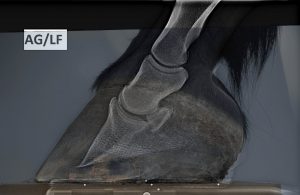
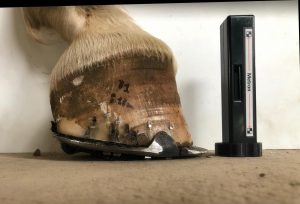
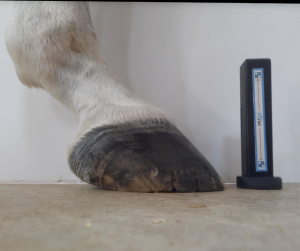
Technology to link the professionals of horse world
In order to make easier the follow-up of horses between professionals, the technologies developed in the horse world can be transformed into brilliant assistants! This is one of the use cases of the Metron-Hoof hoof tracking software.
This software for analyzing photos and X-rays of the horse’s feet offers precise measurements of the hoof capsule and X-rays to horse vet and farrier. These parameters are delivered automatically but can also be measured by the expert himself according to his needs.

The picture on the left was taken before new shoeing. The measurements indicated are those carried out by the equine veterinarian, in order to highlight the imbalances of the foot which must be corrected to improve the comfort and the locomotion of the horse.
After shoeing and corrections, the proportions of the horse foot are improved to optimize the distribution of the load, improve the alignment of the phalanges, and thus relieve the horse. The horse’s folder is shared between the veterinarian and the farrier, so that both can keep track of it and communicate with each other, even remotely. Illustrating with owners/riders is also greatly facilitated!
In use at stables
Dr. Benoît Lahaye, equipped with Metron-Hoof software, uses Metron Blocks for almost all of his profile foot X-rays. Taking X-ray measurements is quick to objectively identify horse hooves imbalances.
In association with the collaborating farriers (in particular Martinuzzi Maréchalerie, JT Sport Maréchalerie), the best shoeing strategies are defined between the two professionals before being applied directly by the blacksmith.
New shots can be taken after shoeing in order to see the improvement before/after the intervention. The photos are then available in the horse’s folder – on the horse veterinarian’s side and on the farrier’s side – to be able to monitor over time and from a distance, even when the two professionals are not together during the next shoeing.


Thus, Pierre Martinuzzi can, for example, share the data of the horses – sometimes of very high level – in his charge with the monitoring horse doctors and also with the CIRALE (Center for imaging and research on equine locomotor disorders, based in Normandy).
Once back at the stables, the possibility of being able to follow the protocol with accurate and quantified horse data greatly facilitates the work. Some trimming protocols indicate parameters to be respected between 12 and 15mm, levels of precision that can be difficult to apply with the naked eye.
The ability to keep track of exact measurements, photos/X-rays taken prior to surgery, and to keep accurate track of the evolution of horse hoof is also a guarantee of the work that has been done.

